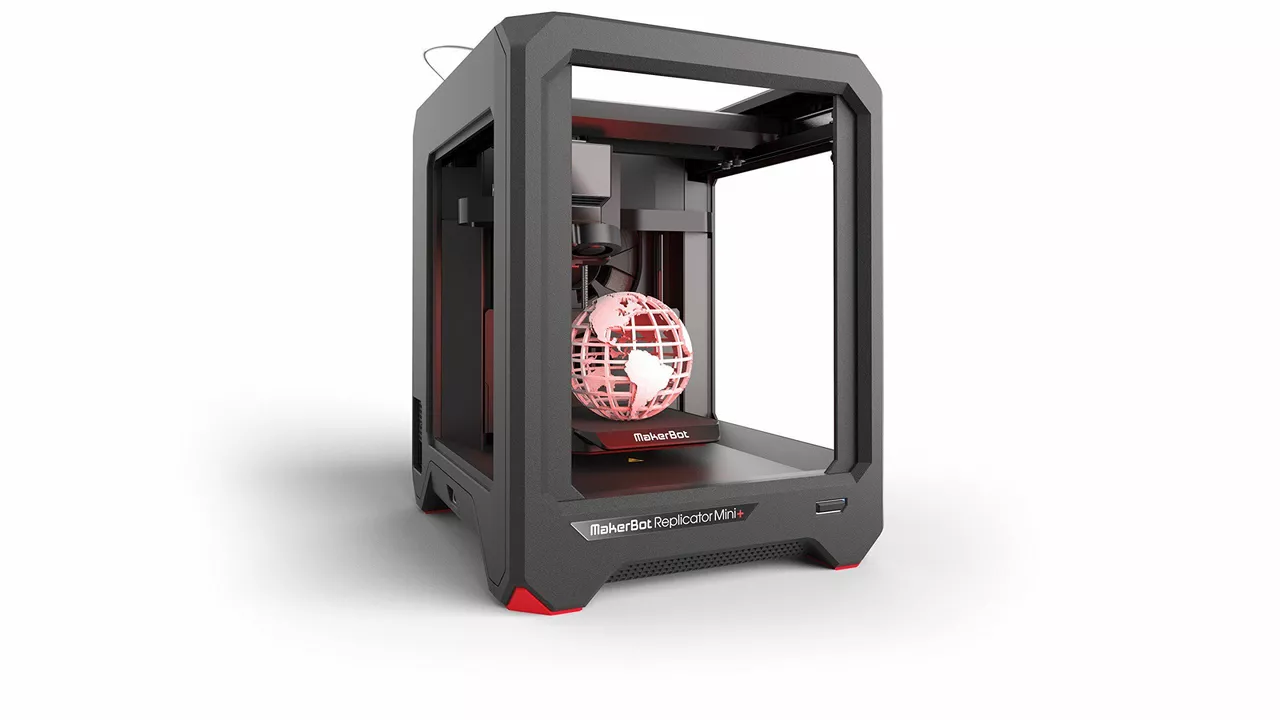Exploring Replicator Tech: The Magic Behind Emulating Specific Recipes
Imagine just verbalizing your favorite recipe and within instants, seeing it materialize right in front of you, piping hot and just as you remember it. Impressively whimsical? Well, that's what the miracle of replicator technology promises, and I'll tell you, it's nothing short of extraordinary! The real perplexity though lies in understanding how a replicator can emulate a specific recipe. Well, buckle up! Here's your chance to dissect the nitty-gritty of this wondrous technology!
The Intriguing Concept of Replicator Technology
Let's take things slow and kick off with the basics, replicator technology! It is a field of technology in which we try to create a machine that can reproduce or replicate items on-demand. Now that sounds like something ripped out from a sci-fi movie, doesn't it? All you Star Trek fans are likely grinning ear to ear by now. However, as mind-boggling as it may be, replicator technology is no longer confined to speculative fiction. Back in the day when I was a spry young lad engrossed in the universe of Star Trek, I would have never dreamed of this happening. Boy, the nostalgia is potent today!
Getting to the Base: Replicators and Food
Stepping into the realm of food, replicators take a gargantuan leap. You can't deny the burstiness of excitement that overwhelms you at the thought of having your favourite meal at the blink of an eye! Now, if you're anything like me, and cooking seems more like a series of catastrophic events rather than a therapeutic activity, a food replicator could indeed be a life saviour! But, in practicality, how do these machines work? The science behind food replication revolves around principles of molecular gastronomy and molecular assembly, drawing upon extensive databases of different food recipes and their molecular structures.
Zooming In: How Replicators Emulate Specific Recipes?
The real enigma, however, is how a replicator emulates a specific recipe. The technology relies on the blueprint of recipes stored in its database, which consists of both the ingredients and the method of preparation. Elaborately speaking, the database contains molecular formulas of every ingredient along with texture variables and heating parameters. The moment you talk about your grandmom's special apple pie, the replicators fetch the relevant information from the database and start molecular assembly. Bada bing, bada boom - you have yourself your desired meal with virtually the same taste and texture!
A Deeper Understanding: Beer Replication
Let's go a step further down the rabbit hole, shall we? Take beer, for instance. We all know that each bottle of beer varies in taste, from the mildly bitter to the dramatically sweet ones, depending on small variations in processes like fermentation. Can you imagine, then, replicator technology pinpointing these taste variations? Golly, it amazes me every time! All said and done, replicating beer would be an impressive feat indeed. To do this, the replicator would need immense intricate detailing of all the factors contributing to the taste, right down to the climatic conditions during its brewing. Once all this information is stored in the database, all we need to do is break down the beer into its constituent molecules and reassemble them accordingly. To your surprise, you'd have your favorite beer replicated to perfection!
Limitations of Replicator Technology
We've been sky-rocketing so far, exploring the vast possibilities of replicator technology but as in life, all good things come with a catch. As much as I jump with joy at the thought of having my favourite lasagna, I can't help but ponder over certain questions that nag me. Despite their impressive potential, replicators today are ill-equipped to pinpoint the unique attributes of locally sourced or organic ingredients, which often lend a distinguished character to food. Nor can they capture the distinctive touch of human interaction involved in cooking. The chicken soup made by my mom, for instance, has a unique taste that can never be replicated!
Reflecting on the Future of Replication Technology
Though we need to overcome a few hurdles, the ongoing progress in replicator technology fills me with optimism and curiosity. What if in the future, we are able to feed in our personalized textures and tastes to the database? That vegan, gluten-free brownie you've always yearned for or that sugar-free butternut squash soup could all become a part of your daily menu! As we keep exploring and expanding our grasp over molecular assembly and gastronomy, replicator technology beckons a future that promises more sophistication and accuracy. We have a lot to look forward to!
Conclusion: The Dawn of a New Culinary Era?
Without a doubt, the advancements of replicator technology points to us standing on the cusp of a new culinary era. Imagine a time when you could relish on your favorite recipes anytime you want without having to step into the kitchen. Now that's dear reader, is the stuff of dreams! Is this the arrival of culinary nirvana, or are we possibly biting off more than we can chew? Only time can tell! For now, let’s relish the idea of having our favorite recipe served hot within an instant, a fantasy that seems close to becoming a reality. Could life get any better?
